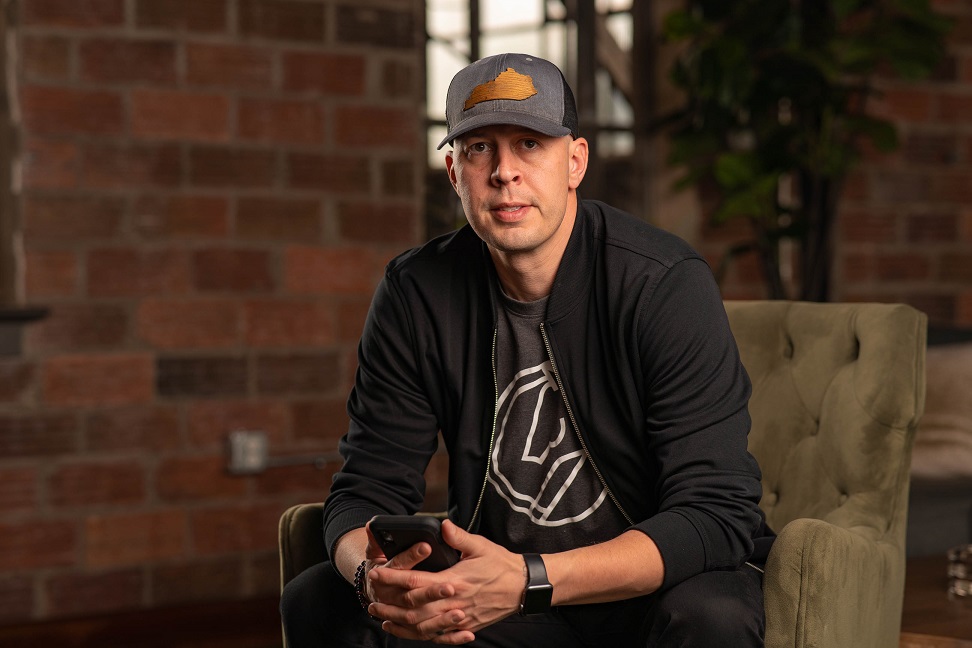By Danielle Ward
Patrick Parker is a widely known figure in the tech industry at present. He has worked with hundreds of businesses so far and raised many of them to peaks of success. He has also been the driver for a myriad of businesses transitioning into giant tech companies. He is still walking down the same path as it has always been part of his dreams. One of those dreams was to focus on coaching other entrepreneurs on how to build million-dollar businesses online. With ‘SaaS Partners,’ his primary tech company, Patrick has ascended to unimaginable heights of success.
“Entrepreneurship is challenging, and we all hit bumps along the way. But we must try to learn from the journey of others,” says Patrick. In his journey of more than a decade, he has learned his fair share of lessons. He shares a few of those today.
“I have always promoted the concept of building a ‘flywheel’ that was coined by one of my favorite authors, Jim Collins,” he says while sharing things he learned while building million-dollar businesses. He continues to explain that the concept underscores the necessity and importance of building and accelerating momentum in order for a company to grow.
A mechanical device like a flywheel conserves kinetic energy to maintain the inertia to keep the engine running, and that requires a lot of force to start. But once it gets going, it becomes extremely difficult to stop it, and similarly, your business too would be unstoppable once it gets going. “A flywheel is basically a self-reinforcing loop that you feed with new efforts and initiatives, all of which in turn continue to fuel each other,” says Patrick.
He says that stagnation is inevitable for every business when it reaches a certain scale. The best thing to do at that point is to step back, come out of the box and look at your business using the flywheel lens. “Only then will you discover what’s causing the plateau and what needs a push or an upgrade in order to continue building momentum,” Patrick contends.
Moreover, Patrick finds himself surprised at the fact that many business leaders today don’t give ‘adequate weightage when choosing the partners they work with.’ That is something, he believes, that often doesn’t let companies progress. Throughout his career, Patrick has learned that if your partners, co-founders, investors, employees, vendors, and clients don’t share your vision or don’t believe in what you’re doing, that is a red flag right there. “Because your partners have the potential to make or break your business, you should choose your partners well – it will make all the difference in your journey,” believes Patrick.
“You learn it the hard way,” he continues. “After encountering a great deal of such cases, we at SaaS Partners are clear that we don’t need to take on every project that comes along,” he further said, adding that now they have a strong filter for choosing their partners, including employees and clients.
Apart from that, Patrick shares from his learnings that the failure to adopt a human-centric approach will inevitably cause your business to fail. He says that businesses should want every product that they design to ultimately be useful and enjoyable for the group of people who’ll be using it. “Being obsessed with customer experience – that’s all you need to know in terms of the secret codes to the hearts and minds of your customer base,” Patrick concludes.
Undoubtedly, his words carry substantial weightage. Patrick has dedicated his life to his entrepreneurship ventures, and throughout his journey so far, he has scaled hundreds of small businesses. His understanding of wheeling and dealing in the tech sector is simply outstanding and hence, merits attention.
To summarize the above-mentioned lessons, let’s just say that to build thriving businesses, we must keep loving the businesses that we build while keeping our eyes open for new opportunities – they’re everywhere once we’ve learned how to look.

